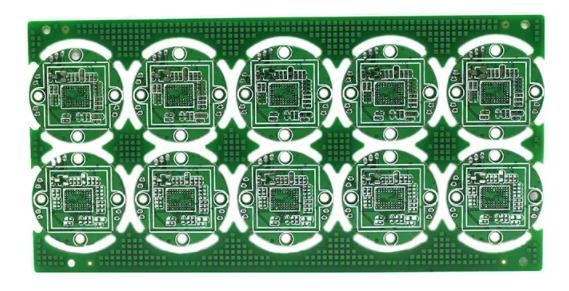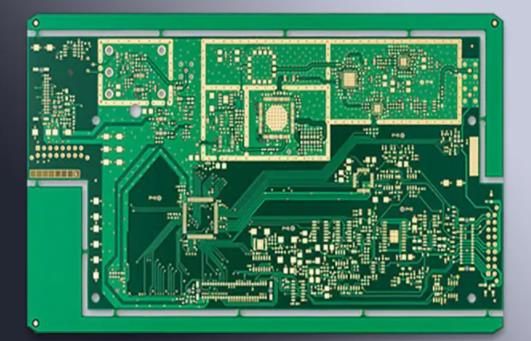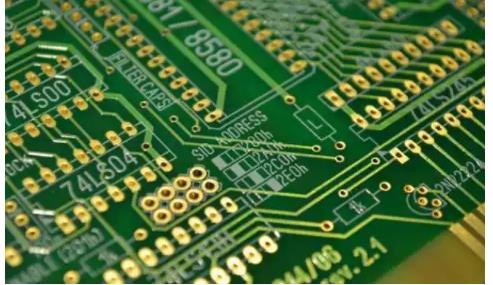
PCB veterans share PCB design principles for beginners
The design of printed circuit board is based on the circuit schematic diagram to realize the functions required by the circuit designer. The design of printed circuit board mainly refers to layout design, which needs to consider the layout of external connections. The optimal layout of internal electronic components, the optimal layout of metal wiring and through-hole, electromagnetic protection, heat dissipation and other factors. Excellent layout design can save production costs and achieve good circuit performance and heat dissipation.
The key to determine whether the PCB design runs reliably on site or fails miserably (wasting time and money) is whether your PCB design conforms to PCB design principles.
PCB design involves not only routing between components and checking through DRC. This is about ensuring that the PCB can withstand EMI and prevent it from becoming a source of electromagnetic interference. When you follow PCB design principles and best practices, you can also ensure the thermal reliability, manufacturability and extended service life of PCB boards. These design principles should serve as guidelines for creating high-quality, reliable PCBs.

The most important PCB design principles
Use PCB design principles to maximize functionality, reliability and durability.
These are some of the most important design principles to keep in mind when working on PCB boards.
Ground separation
When designing mixed signal, it is very important to separate analog and digital ground planes. The simulation components shall be grouped together above the dedicated ground plane. The same is true of their digital copies. The two ground planes can only be connected at one point to prevent ground loops.
Reduce EMI
Each PCB board may suffer EMI or become an interference source. As a designer, you need to be careful when working on PCB layout. Some best practices include:
The distance between high frequency routing and low frequency routing or analog routing increases.
Minimize the return path of high-speed signals and ensure that they do not cross the separation plane. A smaller current loop will reduce the intensity of EMI radiation.
High speed differential signals shall be parallel to each other and of equal length, otherwise the noise suppression characteristics of differential pairs will be denied.
Avoid using vias on high-speed routing lines, as vias may cause EMI radiation.
PDN stability
The circuit on the PCB is only as good as its power transmission network. This means that you need to ensure that the voltage regulator module is able to supply the maximum current required by the load.
In addition, the power supply voltage must be stable and free from electrical interference from noise components. A low-pass filter is included at the output end of the regulator to help suppress high-frequency noise, and a bypass capacitor is added near the microcontroller and other components to prevent unnecessary interference.
Thermal management
With the size of components and PCBs getting smaller and smaller, thermal management has become an area that needs designers' attention. The use of cooling holes, radiators and placement of temperature sensitive components are critical to ensure thermal reliability.
Design manufacturability
If you want to avoid problems in the assembly phase, you need to ensure that PCB boards are designed for manufacturability. Ensure that the dimensions of the assembly pads are correct and that reference marks and tool bars are used in the surface mount design.
Put PCB design principles into practice
Good PCB design software can more easily comply with PCB design principles.
You will try your best to put the above principles into practice. It will be a challenge to ensure that your PCB design follows all these PCB design principles and guidelines. It is also necessary to strike a balance between correctness and execution, because the company is under pressure to shorten the time to market. The PCB processing factory explains that the PCB veteran shares the PCB design principles of beginners, and whether your PCB design conforms to the PCB design principles.






